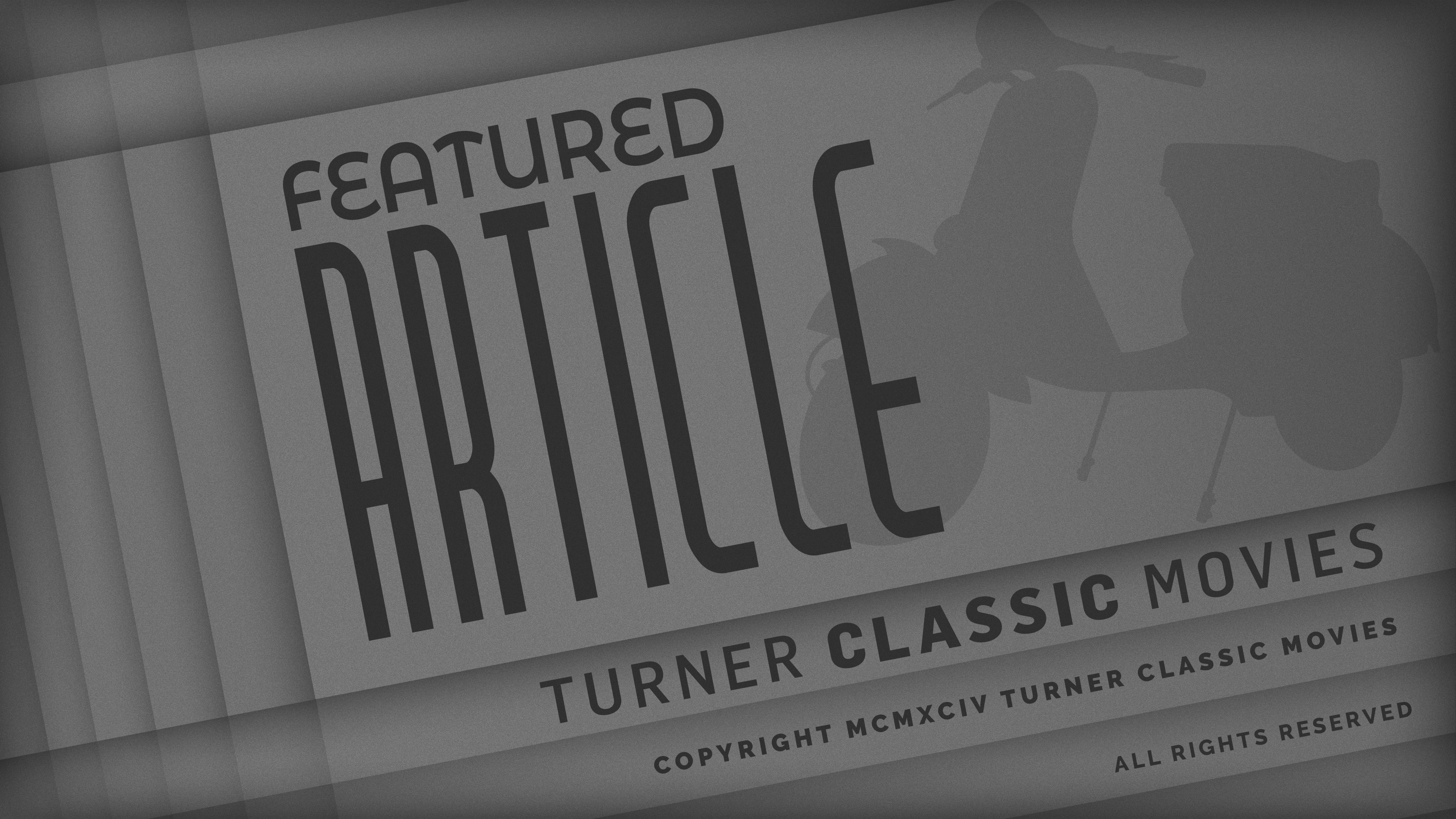Swimming to Cambodia
Brief Synopsis
Cast & Crew
Jonathan Demme
Ira Wheeler
Spalding Gray
Lewis M Allen
Laurie Anderson
John Bailey
Film Details
Technical Specs
Synopsis
Spaulding Gray performs his one-man show about the making of the Oscar-winning 1984 drama "The Killing Fields." He only had a minor role in the film, but that doesn't stop Gray from spinning a hilarious and suspenseful tale from behind a desk.
Director

Jonathan Demme
Crew
Lewis M Allen
Laurie Anderson
John Bailey
Roma Baran
Ira Deutchman
Spalding Gray
Spalding Gray
Roland Joffe
Carol Littleton
Amir Malin
Paula Mazur
Sandy Mcleod
Peter Newman
Edward Saxon
Renee A Shafransky
Film Details
Technical Specs
Articles
Spalding Gray (1941-2004)
Gray was born in Barrington, Rhode Island on June 5, 1941, one of three sons born to Rockwell and Elizabeth Gray. He began pursuing an acting career at Emerson College in Boston. After graduation, he relocated to New York, where he acted in several plays in the late '60s and early '70s. He scored a breakthrough when he landed the lead role of Hoss in Sam Shepard's Off-Broadway hit Tooth of Crime in its 1973 New York premiere. Three years later he co-founded the avant-garde theatrical troupe, The Wooster Group with Willem Dafoe.
It was this period in the late '70s, when he was performing in Manhattan's underground theater circles, did Gray carve out his niche as a skilled monologist. His first formal monologue was about his childhood Sex and Death to the Age 14, performed at the Performing Garage in Manhattan in 1979; next came his adventures as a young university student Booze, Cars and College Girls in 1980; and the following year, he dealt with his chronicles as a struggling actor, A Personal History of the American Theater. These productions were all critical successes, and Gray soon became the darling of a small cult as his harrowing but funny takes on revealing the emotional and psychological cracks in his life brought some fresh air to the genre of performance art.
Although acting in small parts in film since the '70s, it wasn't until he garnered a role in The Killing Fields (1984), that he began to gain more prominent exposure. His experiences making The Killing Fields formed the basis of his one-man stage show Swimming to Cambodia which premiered on Off-Broadway in 1985. Both haunting and humorous, the plainsong sincerity of his performance exuded a raw immediacy and fragile power. Gray managed to relate his personal turmoil to larger issues of morality throughout the play, including absurdities in filmmaking, prostitution in Bangkok (where the movie was shot), and the genocidal reign of the Pol Pot. Gray won an Obie Award - the Off-Broadway's equivalent to the Tony Award - for his performance and two years later, his play was adapted by Jonathan Demme onto film, further broadening his acceptance as a unique and vital artistic talent.
After the success of Swimming to Cambodia, Gray found some work in the mainstream: Bette Midler's fiance in Beaches (1988), a regular part for one season as Fran Drescher's therapist in the CBS sitcom The Nanny (1989-90), a sardonic editor in Ron Howard's underrated comedy The Paper (1994), and a recent appearance as a doctor in Meg Ryan's romantic farce Kate & Leopold (2001). He also had two more of his monologues adapted to film: Monster in a Box (1992) and Gray's Anatomy (1996). Both films were further meditations on life and death done with the kind of biting personal wit that was the charming trademark of Gray.
His life took a sudden downturn when he suffered a frightening head-on car crash during a 2001 vacation in Ireland to celebrate his 60th birthday. He suffered a cracked skull, a broken hip and nerve damage to one foot and although he recovered physically, the incident left him traumatized. He tried jumping from a bridge near his Long Island home in October 2002. Family members, fearing for his safety, and well aware of his family history of mental illness (his mother committed suicide in 1967) convinced him to seek treatment in a Connecticut psychiatric hospital the following month.
Sadly, despite his release, Gary's mental outlook did not improve. He was last seen leaving his Manhattan apartment on January 10, and witnesses had reported a man fitting Gray's description look despondent and upset on the Staten Island Ferry that evening. He is survived by his spouse Kathleen Russo; two sons, Forrest and Theo; Russo's daughter from a previous relationship, Marissa; and two brothers, Rockwell and Channing.
by Michael T. Toole

Spalding Gray (1941-2004)
Quotes
Trivia
Miscellaneous Notes
Released in United States April 3, 1987
Released in United States January 1987
Released in United States Spring March 13, 1987
Shown at United States Film Festival Park City, Utah January 1987.
Re-release in USA on video September 17, 1996.
Filmed live at the Performance Garage in New York City November 6-8, 1986.
Released in United States January 1987 (Shown at United States Film Festival Park City, Utah January 1987.)
Released in United States Spring March 13, 1987
Released in United States April 3, 1987 (Los Angeles)













